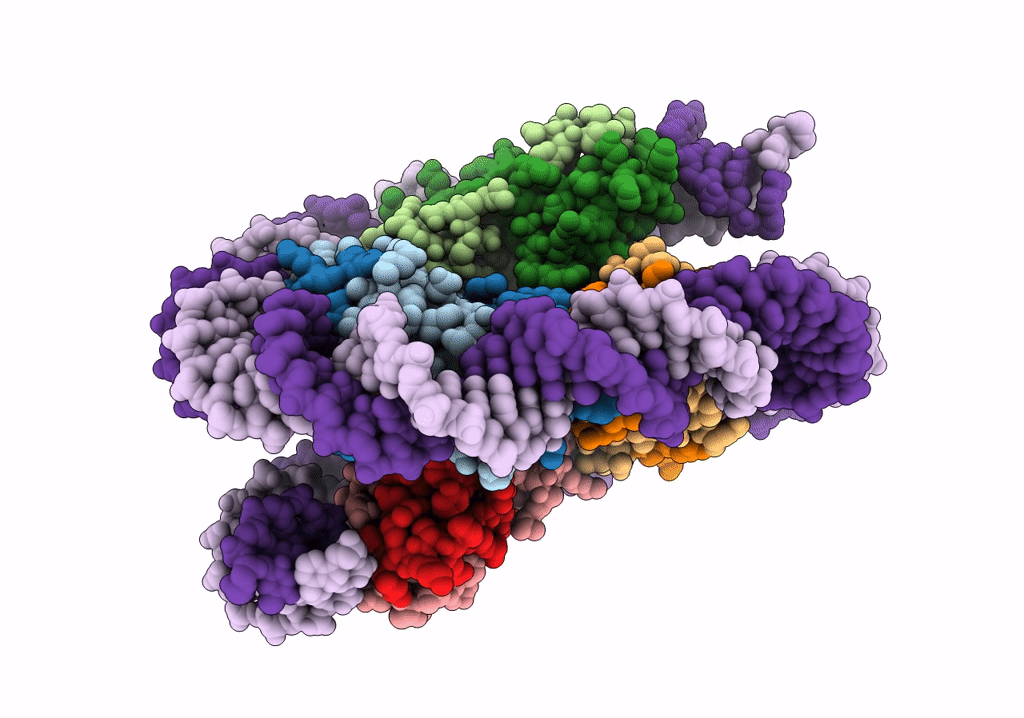
Deposition Date
2022-03-04
Release Date
2022-11-16
Last Version Date
2024-06-26
Entry Detail
PDB ID:
7X57
Keywords:
Title:
Cryo-EM structure of human subnucleosome (closed form)
Biological Source:
Source Organism:
Homo sapiens (Taxon ID: 9606)
synthetic construct (Taxon ID: 32630)
synthetic construct (Taxon ID: 32630)
Host Organism:
Method Details:
Experimental Method:
Resolution:
3.63 Å
Aggregation State:
PARTICLE
Reconstruction Method:
SINGLE PARTICLE


